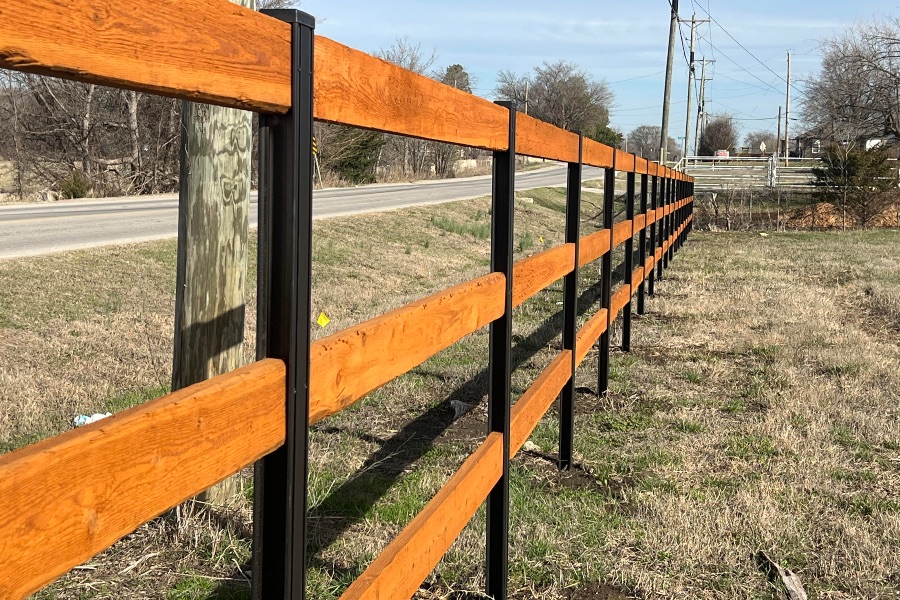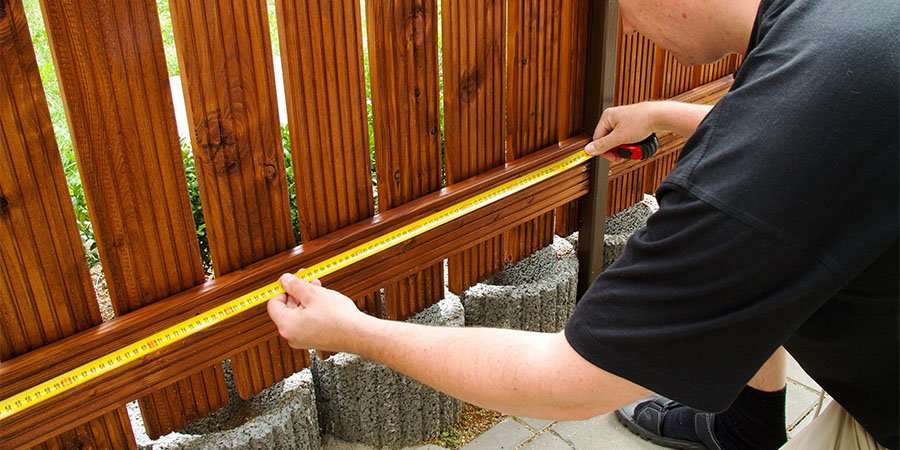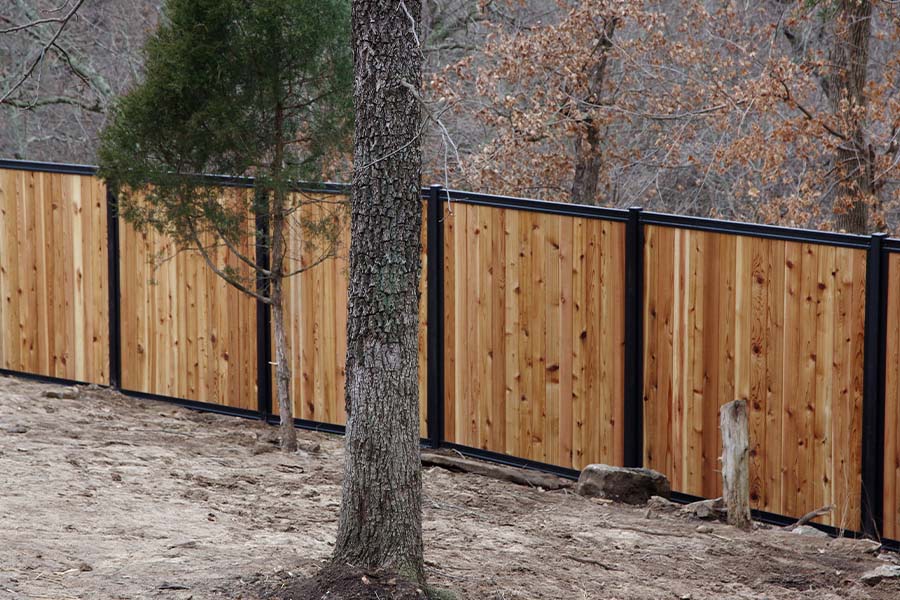All Categories
Featured

Identifying the signs that your fence needs to be changed can assist you stay clear of more damage and keep the security and appearance of your building. Right here are some crucial indications that it's time to change your fencing.

- Visible Damage or Deterioration
One of the most noticeable indicators that your fence requires to be replaced is noticeable damages. Whether it's from weathering, accidents, or bugs, any significant splits, splintering, or missing boards can considerably minimize the architectural integrity of your fence. Replacing the whole fence may be more affordable in the lengthy run. if the damages is comprehensive and goes past simply a couple of fixings.
- Leaning or Sagging
A leaning or sagging fencing is a clear indicator of a trouble. Even if the fence shows up to be leaning a little, it could be an indicator of underlying structural problems that could aggravate with time.
- Decaying or rotting Wood

Wooden fences are specifically vulnerable to rot and degeneration, particularly in areas that experience high levels of moisture or humidity. If you observe that components of your wood fence are soft, blemished, or have visible mold, these are all signs of rot.
- Rust and Deterioration (For Steel Fences)
If you have a metal deterioration, fencing and corrosion are typical indications of degeneration. If you observe any kind of significant weakening or big areas of corrosion, it may be time to consider replacing your steel fencing.
- Fencing No Longer Meets Your Requirements
An additional reason to change your fence might be that it no much longer serves its designated objective. With time, your requirements might change-- maybe you require a higher fencing for even more privacy or a more powerful one for increased protection. If your fence no more fulfills your requirements or does not align with your present preferences, it may be time to update to a brand-new, a lot more useful design.
- Fading and Staining
While fading and discoloration are usually cosmetic concerns, they can still suggest that your fence is aging. Direct exposure to UV rays and extreme weather can create fencings to lose their original color, making them look worn and dull. If the fading is extensive and you have actually already tried staining the fence and cleansing, it may be time to change it to restore the appearance of your residential property.
- Regular Fixings
If you discover yourself regularly fixing your fence, it can be an indicator that the fence is nearing completion of its lifespan. While small fixings can expand the life of a fencing, constant solutions may suggest that the framework is no more stable. In this situation, it may be extra economical to change the whole fence rather than continuing to buy repairs.
Conclusion
Replacing a fencing is a substantial investment, but it is crucial for maintaining the visual, safety and security, and privacy appeal of your home. If your fence is revealing signs of damages, rot, leaning, or various other architectural concerns, it's critical to analyze whether a replacement is required. By identifying these caution indicators at an early stage, you can make educated choices concerning when to replace your fencing, ensuring your residential or commercial property remains safe and secure and visually appealing for years to find.
Latest Posts
Join WyHy FCU – Top Benefits for Your Future
Published May 26, 25
1 min read
How Chicago Drivers Pick Montclare Auto Repair for Trusted Service and Great Savings
Published May 22, 25
1 min read
Discover Special Auto Repair Specials in Chicago at Montclare Auto Repair
Published May 21, 25
1 min read
More
Latest Posts
Join WyHy FCU – Top Benefits for Your Future
Published May 26, 25
1 min read
How Chicago Drivers Pick Montclare Auto Repair for Trusted Service and Great Savings
Published May 22, 25
1 min read
Discover Special Auto Repair Specials in Chicago at Montclare Auto Repair
Published May 21, 25
1 min read